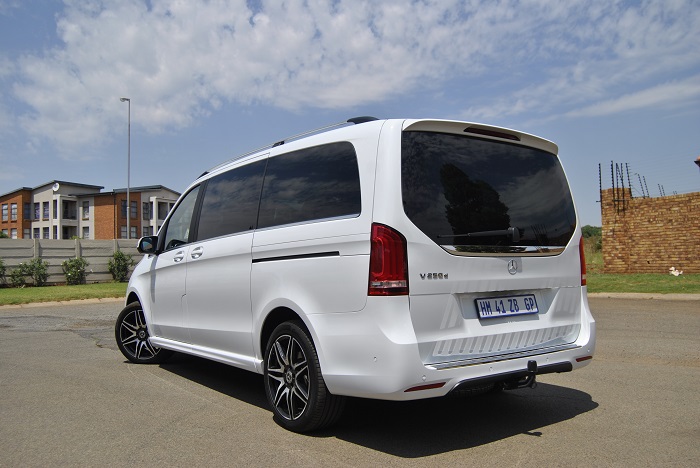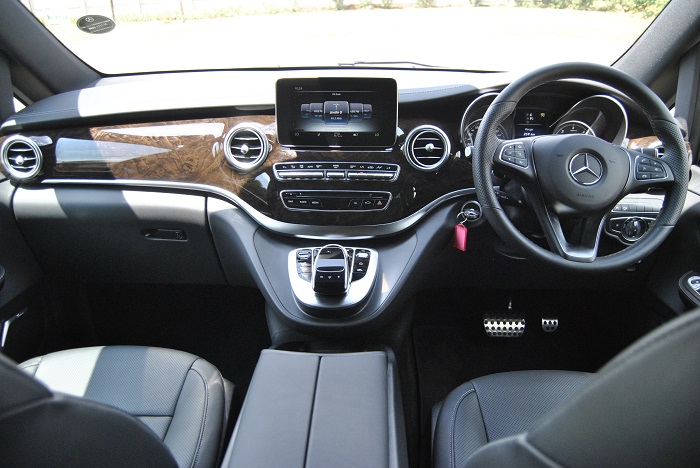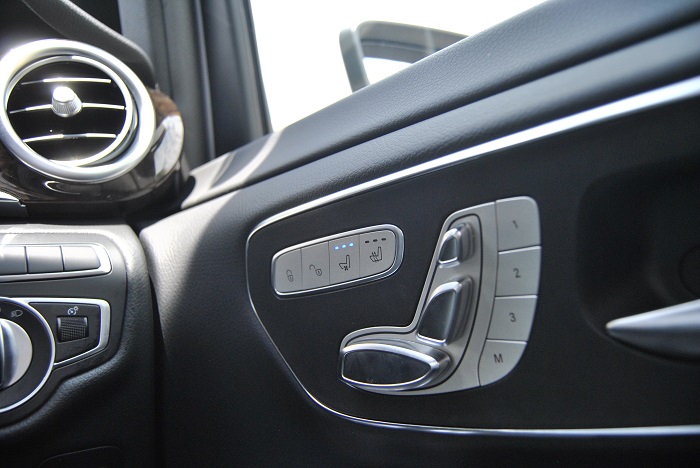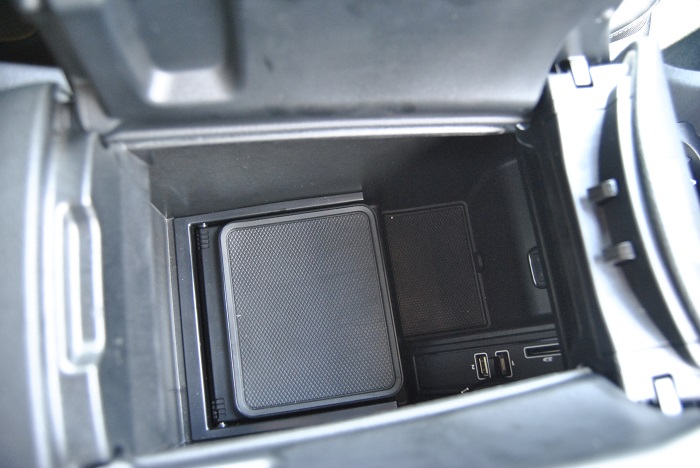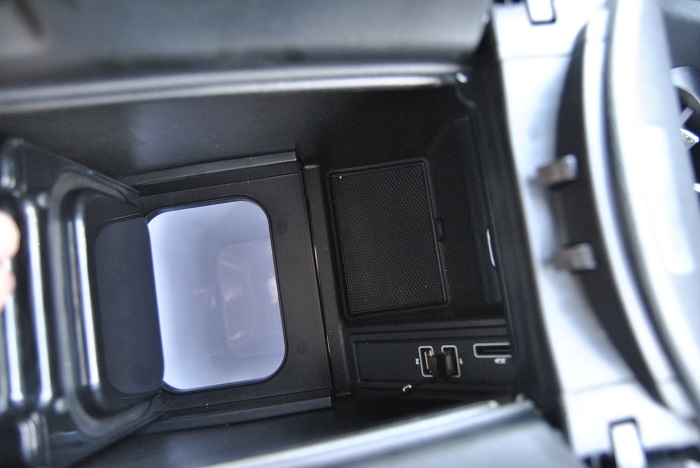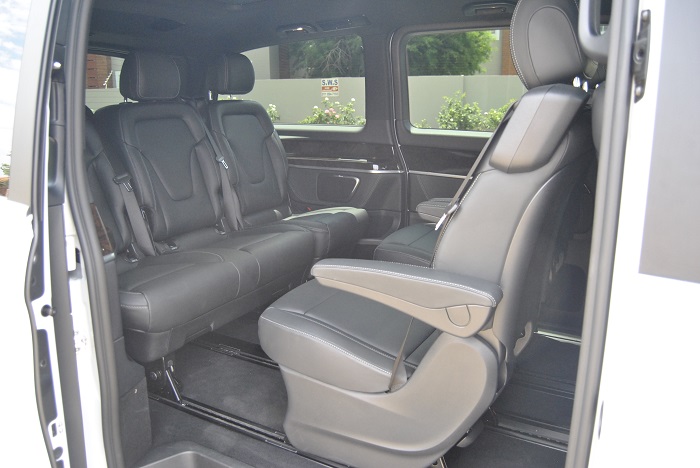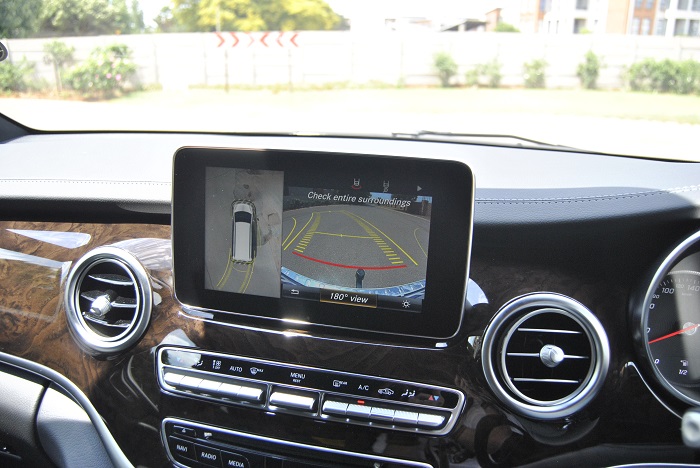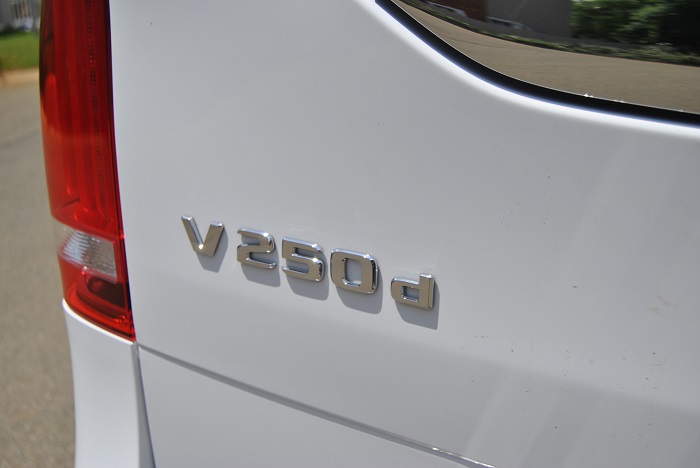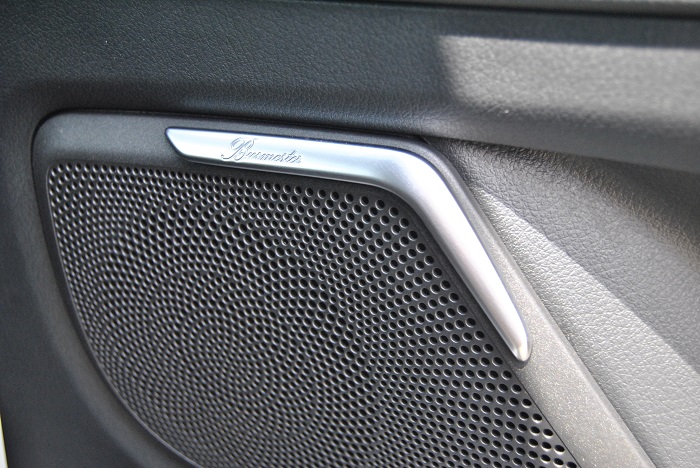Of course, this all changed when Volkswagen launched the Caravelle version of its T-series, which continued providing seating for seven, albeit with upmarket fittings and equipment ordinary deemed unsuitable for a van. The rest, as the saying goes, is history and today, the Caravelle continues to be viewed as the yardstick when it comes to luxury people carries.
The battle of Germany
In recent years however, the icon from Wolfsburg has faced strong competition from the Mercedes-Benz Viano, which also started as out as basic van or people carrier in the form of the Vito. Renamed V-class in 2015, the three-pointed star has not only taken the concept of what a luxury van should be to the next level, but created something of a conundrum for itself when compared to models such as the GLS and S-class.
Nevertheless, the V-class has proved to be something of a success for Benz locally, and so the recent arrival of the top-spec V250d Avantgarde came with a great deal of intrigue stemming from not only its inherent popularity, but what also laid inside its four corners.
Luxury’s large face
Viewed from the outside, the V-class oozes premium in the only way that you would expect from a van, with an expansive chrome grille, long bonnet, angular headlights with boomerang-like integrated daytime running LEDs derived from the S-class and large alloy wheels backed-up by a sporty tailgate spoiler and rather sinister looking blacked-out glass all around.
An upscale office with a few bugs
Get inside however, the interior takes opulence to another level and while this was expected, the combination of leather, faux aluminium detailing, silver inserts and the unmissable if rather tacky faux wood dashboard lends the impression that the V-class takes is unofficial moniker as the S-class of vans rather seriously.
Sitting behind of the wheel of the V-class, there is a distinct “master of all you survey” feeling thanks to the high driving position, while the chairs themselves are both heated and cooled and can be adjusted from a variety settings.
Despite the varying qualities of materials used throughout the cabin, some completely unacceptable in feel for a vehicle carrying a base price tag of R1.2-million, the centre of surprise is the uhmm, the split-opening centre console which not only doubles up as a front armrest, but also an oddment bin, hiding area for the USB and Aux put and even a deep fridge when you flick the integrated lid open.
While the V-class still makes do with the old Comand infotainment system accessed via a freestanding seven-inch display and loses out on the new steering wheel with its touchpad-like buttons fitted to the new A-class and updated C-class, the overall look is definitely anything but workman-like, yet, as indicated, comes across as disappointing in some places.
Being the backseat driver
Providing for seven, the rear of the V-class makes for the place to be with our tester’s lounge-style seating arrangement being more representative of a small boardroom than of a van. Open the electric dual-sliding doors, those seated in the rear also make do with the questionable wood and aluminium inlays, but are seated in the same leather chairs as those in the front, while having access to a dual-pane panoramic sunroof, the separate climate control switches and with a concert hall-like experience when the sublime (optional) Burmester sound system is in use.
In addition to this, the V250d remains easy to maneuverer thanks to the fitment of a surround view camera system, as well as front and rear parking sensors, and a clutch of safety and driver assistance tech such as Distronic Plus, Lane Keeping Assist, Collision Avoidance, Blind Spot Assist, Adaptive High Beam Assist and Adaptive Cruise Control.
Just enough wafting ability
Tipping the scales at just over 2.1 tons, the V250d appears underpowered on paper, although in reality, the 2.1-litre turbodiesel engine works well despite sounding rather agricultural on start-up. Producing the same 140kW/440Nm as the Viano’s 3.0-litre V6 oil-burner, the motor comes mated to a smooth shifting 7G tronic automatic gearbox equipped paddle shifters, which made for something of a treat, but hardly expected to be used by most buyers.
Also a treat but again somewhat unnecessary was the fitment of the Dynamic Select system with five modes; Comfort, Sport, Sport+, Manual and Individual, which remained in the former setting throughout the seven-day stay and resulted in the big Mercedes recording a respectable 8.6-litres/100k.
Conclusion
Extravagance has always been a Mercedes-Benz mantra with the V-class being a prime example of this. Granted, while most of the amenities fitted were indeed optional extras, the V250d’s distinctly un-commercial vehicle feel in spite of roots came to the fore as felt and rode like a premium sedan, though not on the level of an S-class.
While the perfect fit for someone not keen on a GLS but in need of seven seats, the near on R200 000 price premium over the T6 Caravelle and patchy interior finishes casts a rather large shadow over a model seemingly intent to be on the same level as the benchmark of all luxury sedans.



